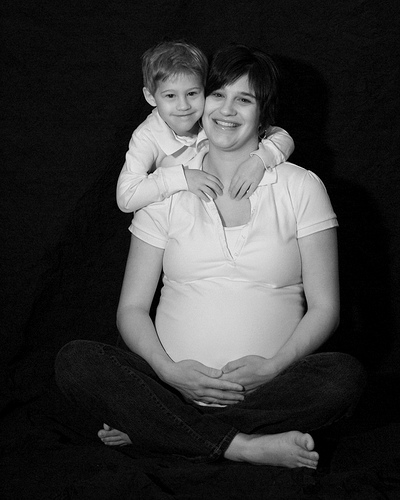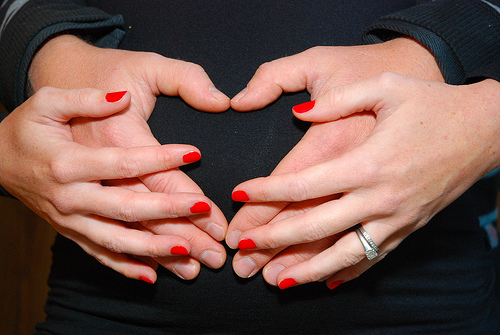What is an IEP?
An IEP is short for “Individualized Education Program.” It is both a process and a written educational plan for a child with a disability. It is a document that lists all of the educational services that your child will receive, if he qualifies. In a prior post I told you all about the IFSP (for babies and toddlers). Well, the IEP is a similar document but it is for children ages 3 – 21.
The IEP is supposed to be just what it says – INDIVIDUALIZED, which means that it is specific for your child’s needs. It is not one size fits all. It is also supposed to be EDUCATIONAL, which means it should look at three main areas of your child’s life: the general education curriculum, extracurricular activities and nonacademic activities. Lastly, it is a PROGRAM or PLAN, where all of the services your child will receive are laid out and detailed in writing.
In a sense, the IEP is like a roadmap. It shows you where you are now, where you plan to go, and the roads that you will take to get there. It sounds simple, but it is actually more challenging to write and put together than you might think. This post is just a quick overview to help you understand the basics.
Who gets an IEP?
In prior posts, I explained how to have your child (from birth to age 3 or ages 3 – 21) evaluated for free if you suspect that he has a developmental delay or problem. Once the team (evaluators, school officials and parents) has met and discussed the results of the testing, you will learn if your child is considered eligible for services (if he fits one or more of the categories of disability.) If your child is eligible, the team will develop an educational program (the IEP), that will be specific for your child’s needs.
What’s in an IEP?
The IEP may include special education, related services and/or supplementary aids and services. The IEP is first based on your child’s “present levels” which is a snapshot of your child’s current level of academic and functional performance. In other words…what he is able to do now as compared to his non-disabled peers. Then, based on his present levels and his delay or disability, the IEP sets measurable annual goals. The goals should specify:
• Who will provide the service (eg. the regular ed teacher, special ed teacher, reading specialist, physical therapist, etc.).
• What kind of service will be provided, such as curriculum modifications or adaptations, the types of related services or aids- (eg. specialized reading curriculum, speech therapy etc.).
• Where the service will be implemented (eg. the regular ed classroom, playground, counselor’s office, etc.).
• When parents will receive reports on how well your child is doing. By law, you need to receive progress reports at least as often as children without disabilities. Often a school system will send home the IEP progress reports when Report Cards are sent home for all children.
• When the goal will be achieved (eg. by the end of the marking period or by the end of the year).
• How the goal will be measured and how you will know the goal has been achieved (eg. a benchmark, such as a test score that shows if the goal has been reached).
An IEP is a living document that can be changed or updated by the IEP team, of which parents are members! It must be reviewed by the IEP team at least once a year, but it can be reviewed and updated more often if necessary.
Where can you get more help with IEPs?
A great place to go to understand your options, how to prepare for IEP meetings, and to understand the process of creating a great IEP is on NICHCY’s website. In particular, they provide guidance on how an IEP team can write effective goals. NICHCY also refers parents to Wrightslaw – one of my favorite resources for parents. They go into even greater detail which will help you with every aspect of the process.
Why should you learn about IEPs?
The more you know about the law and the special education process, the better you can help your child. Knowledge is powerful! If your child has a delay or disability, be sure to check out NICHCY’s and Wrightslaw’s information (above). It will help you understand the process to become a more effective advocate for your child and to feel more in control of your journey.
Have questions? Send them to AskUs@marchofdimes.com.
Note: This post is part of the new weekly series Delays and disabilities – how to get help for your child. It was started on January 16, 2013 and appears every Wednesday. Feel free to go back to look at prior posts as the series builds on itself. As always, we welcome your comments and input.
Tags: child, delays, developmental delays, disabilities, early intervention, Help for your child, IEP, IFSP, related services, school, special education, supplementary aids and services
This entry was posted o
via News Moms Need » Blog Archive » What is an IEP?.
 How difficult it is to choose the “right” cleaning products for your home? This is an especially hard task for mom-to-be during her pregnancy.
How difficult it is to choose the “right” cleaning products for your home? This is an especially hard task for mom-to-be during her pregnancy.



